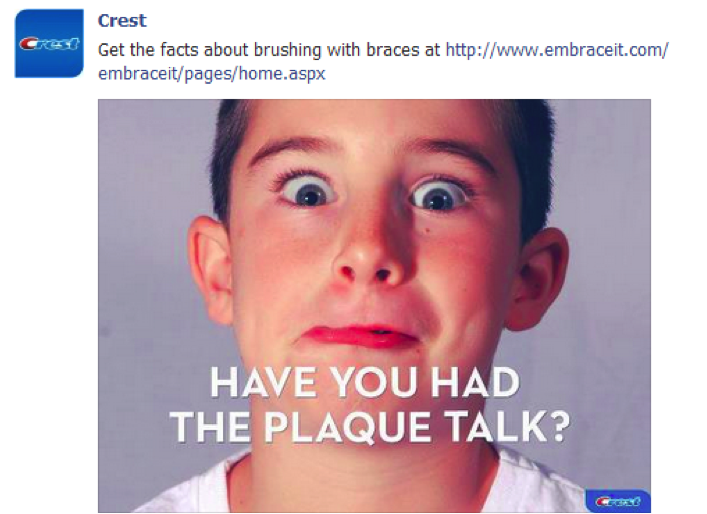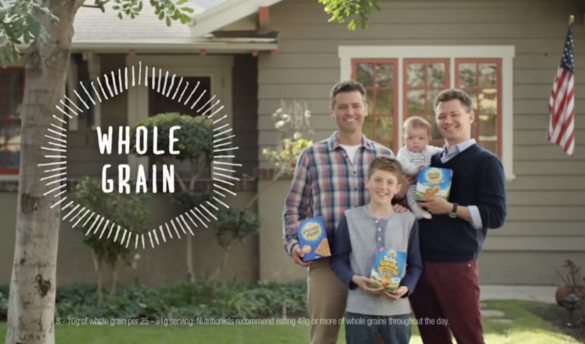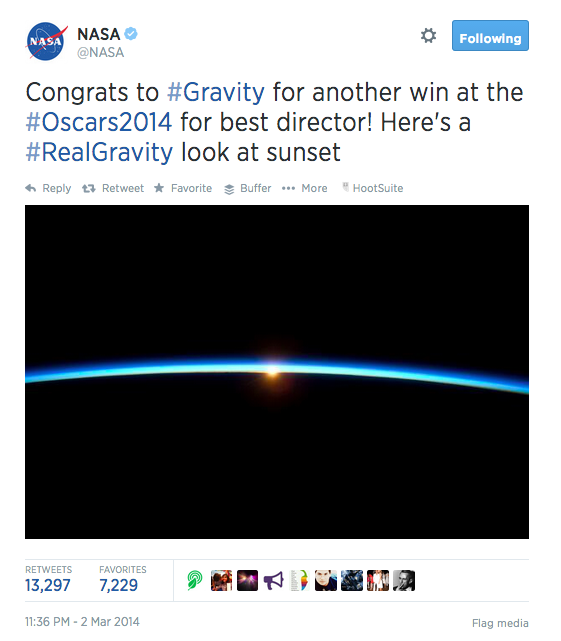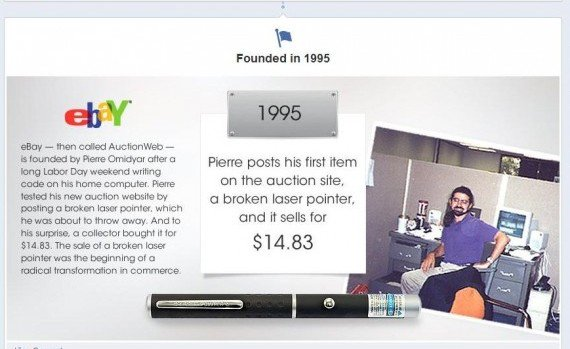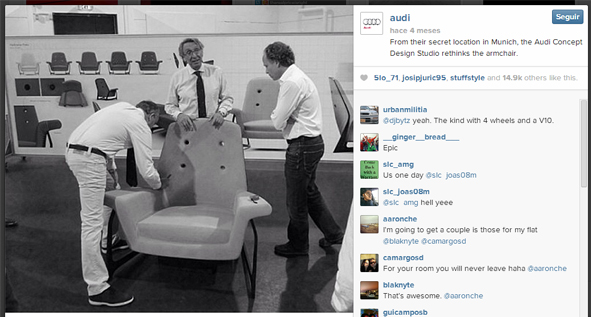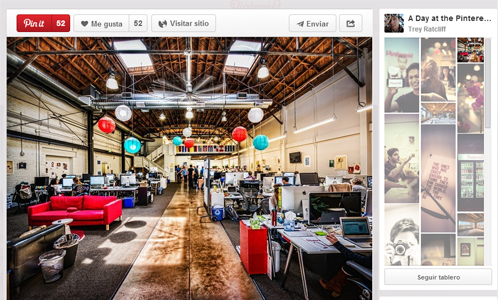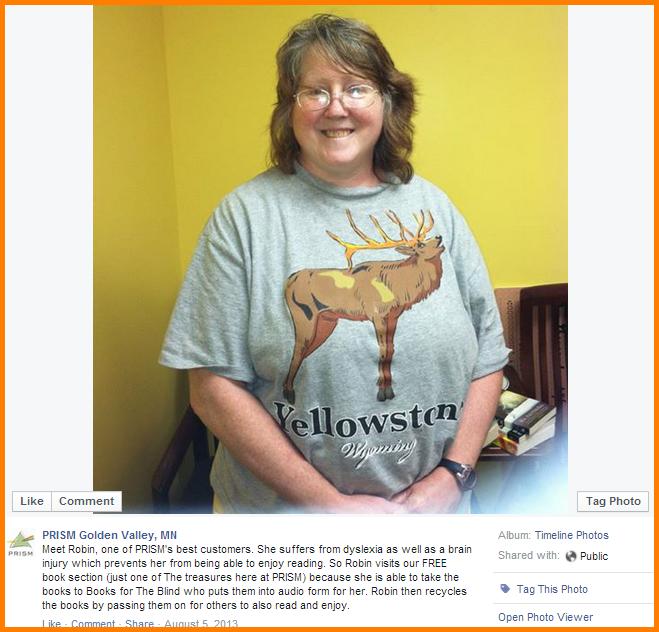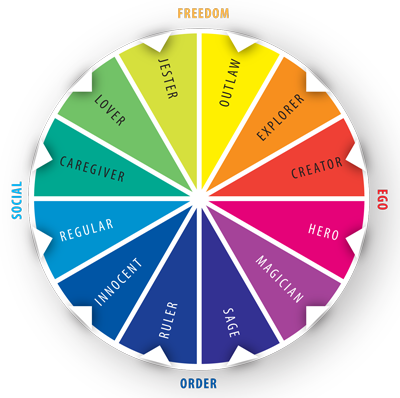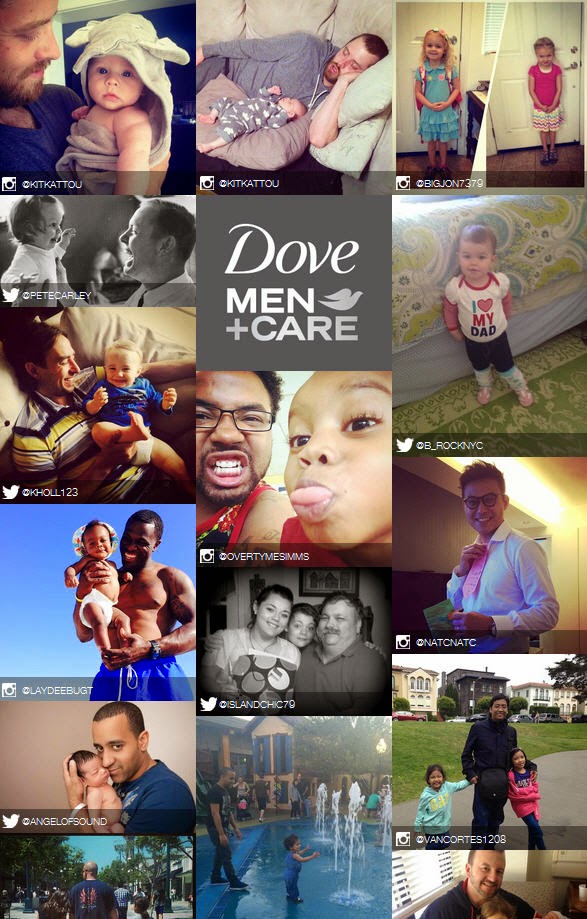There is no doubt that including images and videos makes your content marketing strategy more effective. But you can’t just slap together some photos and add a caption if you want to stand out on social media these days. Visual Storytelling is about building brand awareness, trust, and loyalty with your customers, which is why today we’re going to show you how YOU can stand out and start building a deeper relationship with your audience.
Visuals, like images and videos, help us tell our stories quicker and with more impact. They also lead to a deeper level of engagement because they give brands and companies the opportunity to provoke emotional reactions from their audiences. Just like call-to-actions and choosing headlines take time to develop, you need to spend time on your visual content as well. Of course lighting, composition, and style are important, but there are other aspects worth focusing on if you want to really connect with your audience and show them what your brand is all about. Today we want to share with you 7 Ways to Rock Your Visual Storytelling Strategy.

7 Ways to Rock Your Visual Storytelling Strategy:
1) Be Authentic, Be Human
As you’ve probably already noticed, the popularity of selfies and candid photos has increased dramatically over the past few years. People are no longer as interested in cookie-cutter, perfectly positioned photos. As a marketer, you want to tap into the human side of your brand and show that to your audience. In addition, your audience will connect with you on a deeper emotional level if you focus on issues, causes, or interests relevant to your community.
For example, take a look at how Crest shifts from showing just a smiling model, to actually addressing a common parenting issue. This type of content is perfect for boosting engagement. It gives followers the feeling that the brand actually cares for them, allowing them to make a deeper connection, which in turn increases the possibility of increased loyalty.
H&M and Dove are more examples of brands showing their authentic side. They feature “real” and diverse women, showing the public that they value beauty in all shapes, sizes, and ethnicities.
https://www.youtube.com/watch?v=7DdM-4siaQw
2) Be Culturally Relevant
What does your company stand for? Does your company help care for the environment, water, animals? Do you hire or support people with disabilities, all races, ages, and genders? Do you defend a certain cause? It’s important to include your brand or company’s values in your visual content. More and more people are choosing brands based on their stances on progressive issues, and that’s why more and more brands are risking the possibility of negative feedback in order to reach their customers on a deeper emotional level.
Honey Maid and Cheerios are two mainstream brands that showed no fear on this front. Honey Maid presented a visual story on how the definition of “family” has evolved to include, gay, biracial, single-parent, other types of diverse family units. Although they received quite a bit of backlash from the public, they saw the value in the type of relationship they could make with consumers.
“It’s necessary to take risks, even if they may alienate some of your audience. It’s always good business practice to be progressive and assume that people are going to catch up.” –Pam Grossman, director of visual trends, Getty Images
*Remember to be sensitive to current cultural issues while demonstrating your brand values and always keep your audience in mind.
3) Live in the Moment
Another great way to rock your visual storytelling strategy is to engage in real time marketing. Focus on your company’s voice and values and what situations you would and are capable of responding to. There are plenty of current events to capitalize on such as social, political, sports, holidays, tv premieres, entertainment, etc.
Look how NASA slipped into the Oscars 2014 conversation when the movie ‘Gravity’ won 7 Academy Awards. The cleverly and quickly responded under the #Oscars2014 hashtag and included their own #RealGravity to communicate with new audiences.
Dunkin’ Donuts inserts itself into the world of sports fans by creating a super awesome Vine video every Monday Night Football, called #DunkinReplay. The video, aired during half-time, is a recreation of a play from the first half in a fun and creative way. Then using relevant hashtags on Twitter they are able to share it and participate with fans in more online conversations.
What to do: As a brand or company, you should try to anticipate any popular and relevant situations where you will be able to exhibit strong bold photos or videos that represent your personality.
4) Show the ‘Behind the Scenes’ of Your Company
A great way to gain the trust of your fans is to tell them about yourself or the origins of your company, or rather show them. Did you start out in a small office as a young, skinny college kid? People want to see the “real” side of things these days. Your audience will get a kick out of your sincerity and most likely inspire them as well.
Another idea for showing your fans your true side is to share stories from real people in your company. Getting stories to be told from your the point of view of your employees conveys transparency and authenticity. Show your customers if you’re under construction, preparing for a new opening, or product launch. Show them the hard work that you put into to providing your service or product.
5) Include Content Generated by Your Audience
Encourage your fans and followers to submit content and then reshare it! Let them tell their story, show how they see, feel, or interpret the company and its values. Your audience will feel valued and appreciated. In addition, it will help build a relationship between the company and the customer:
Starbucks is awesome at this and frequently allows its users to visual storytelling for them:
6) Show off Your Customers
Show Off your customers through videos and images. Share your their success stories and tell us how they have benefited from your product or service. Seeing the positive impact your company has had on other people’s lives will speak to your audience’s emotions and make them proud to be your customer. Some ways that you can feature customer’s on social media are:
Use your cover page! Try something like featuring a ‘Fan of the Week’ on your cover page like Ford Neighborhood Store did.
Or..
Feature a real authentic success story:
7) Use Classic Storytelling Models
For thousands of years, people have used these classic models to tell their stories. They are successful because we are inclined to be moved by them emotionally. Figure out which model would work with your company or brand and make it visually through images or video. For example, look how Dove Men uses the caregiver archetype in this ad:
(This ad also utilizes two of the other tips to rock your visual storytelling mentioned in this post, do you recognize them?)
This group of powerful images provokes deep emotion and in turn deeper engagement with their brand.
Don’t forget!
You can use Postcron to schedule all of your posts on Facebook, Twitter, Google+, LinkedIn and now Pinterest!
Conclusion:
It’s important to recognize that visual storytelling is about showing your audience who you are and making a deeper connection with them. Try to focus on being authentic and showing your human side, being culturally relevant, taking advantage of current events, and using your audiences’ content. If you master visual content marketing you will be able to create a closer relationship with your consumers and increase their engagement with your brand.
Do you use any of these strategies already? Tell us about your experience with one them! Do you have any other suggestions for reaching your audience through Visual Storytelling?

